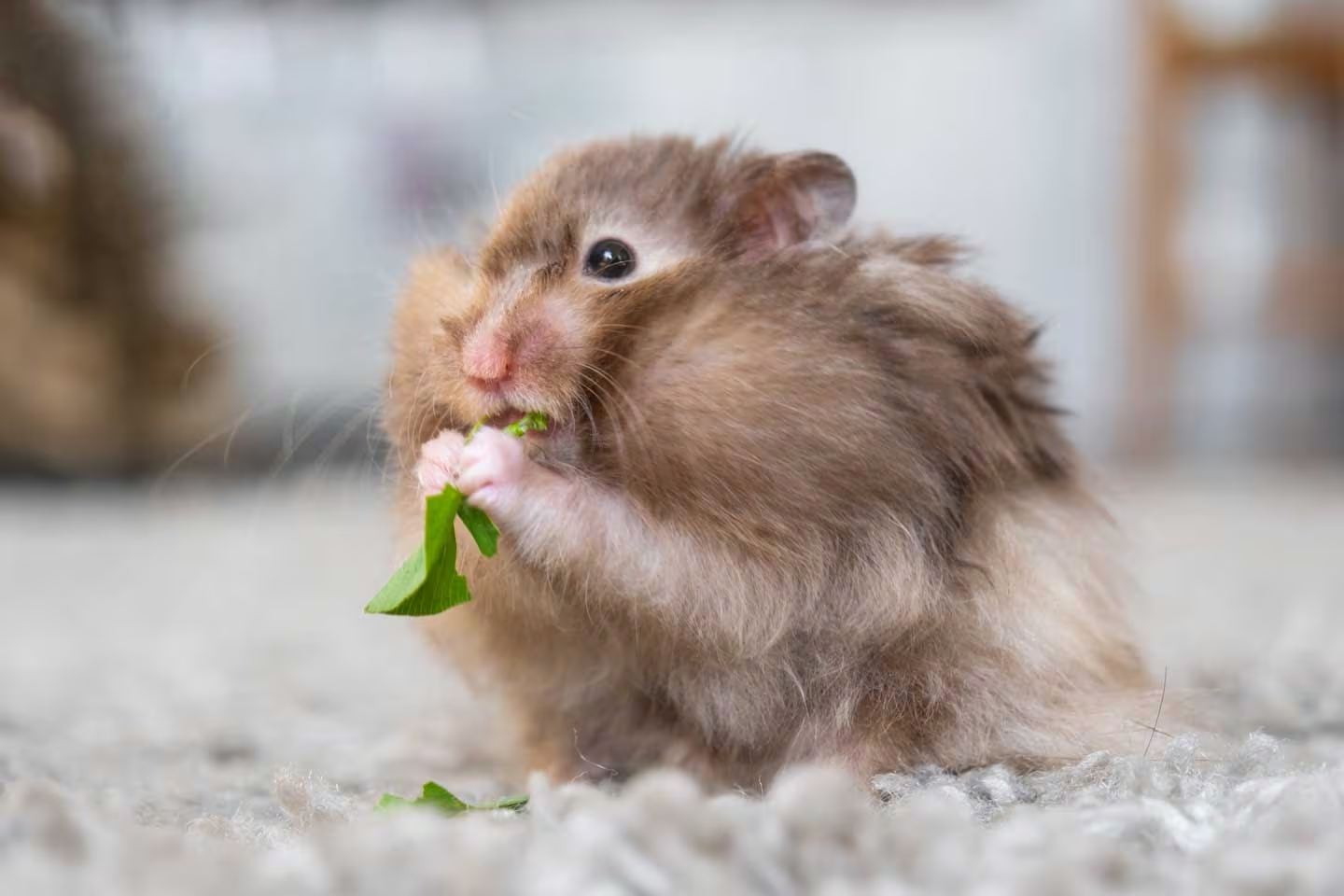providencemarianwood.org – Hamsters are small, adorable creatures that require a carefully balanced diet to maintain their health, energy, and well-being. Whether you have a Syrian, Dwarf, or Roborovski hamster, feeding them the right food is essential for their growth and longevity. In this article, we’ll explore the basics of hamster nutrition and provide tips on how to create a healthy diet for your furry friend.
1. Understanding Hamster Nutritional Needs
Hamsters are omnivores, which means they can eat a variety of plant and animal-based foods. Their diet in the wild includes seeds, grains, fruits, vegetables, and insects. To replicate this natural diet in captivity, a combination of high-quality commercial food, fresh produce, and occasional protein sources is ideal. The key components of a hamster’s diet include:
- Proteins: Essential for muscle growth and repair
- Fats: Provide energy but should be offered in moderation
- Fiber: Helps with digestion
- Vitamins and minerals: For overall health and well-being
2. Commercial Hamster Food
Commercial hamster food forms the foundation of a hamster’s diet. These foods are typically available in two forms: pellets and seed mixes.
- Pellets: Pelleted food is a good option because it ensures your hamster gets a balanced diet with each bite, preventing selective eating.
- Seed Mixes: Seed mixes often contain a variety of seeds, grains, and sometimes dried fruits and vegetables. However, hamsters can be picky eaters and may only eat their favorite seeds, which can lead to nutrient imbalances. If using seed mixes, ensure your hamster is eating all components.
Look for a commercial hamster food that contains around 15-20% protein and 5-7% fat for a healthy diet.
3. Fresh Fruits and Vegetables
Fresh fruits and vegetables are a great addition to a hamster’s diet, providing essential vitamins and minerals. They also add variety and enrichment. Some good options for hamsters include:
- Fruits: Apples, pears, strawberries, blueberries, bananas, and grapes
- Vegetables: Carrots, broccoli, spinach, cucumber, and zucchini
Introduce fresh produce slowly and in small quantities to avoid digestive upset. Always wash fruits and vegetables thoroughly to remove any pesticides, and remove any uneaten fresh food from the cage to prevent spoilage.
4. Protein Sources for Hamsters
In the wild, hamsters occasionally eat insects for protein. In captivity, you can provide protein through various safe sources:
- Mealworms (dried or live)
- Boiled or scrambled eggs (in small amounts)
- Cooked chicken (unseasoned)
- Tofu or plain cottage cheese
These protein-rich foods should be given in moderation, about once or twice a week.
5. Healthy Treats for Hamsters
Hamsters love treats, but they should be given sparingly to avoid weight gain and health problems. Some healthy treat options include:
- Whole grains: Oats, unsweetened whole wheat cereal, and plain popcorn (without salt or butter)
- Nuts and seeds: Sunflower seeds, pumpkin seeds, or unsalted peanuts (offered occasionally due to high fat content)
- Dried fruit: Raisins, cranberries, or apricots (in very small amounts due to high sugar content)
Remember, treats should make up no more than 5-10% of your hamster’s diet.
6. Foods to Avoid
Certain foods are harmful to hamsters and should be avoided at all costs. These include:
- Citrus fruits (such as oranges and lemons)
- Onions, garlic, and leeks
- Raw potatoes and potato leaves
- Chocolate, candy, and sugary foods
- Salty or processed human foods
These foods can cause digestive issues, weight gain, or even be toxic to hamsters.
7. Hydration: Fresh Water is Essential
Hamsters need access to fresh, clean water at all times. The best way to provide water is through a water bottle designed for small animals. Make sure to check and refill the water bottle daily, and clean it regularly to prevent bacterial buildup.
8. Portion Control and Feeding Schedule
- Portion Size: On average, hamsters eat about 1-2 tablespoons of food per day. Avoid overfeeding as hamsters may store food in their cheek pouches and hide it in their bedding.
- Feeding Schedule: Hamsters are nocturnal and tend to eat at night, so it’s best to feed them in the evening. Remove any uneaten fresh food the next day to prevent spoilage.
9. Tips for a Healthy Hamster Diet
- Variety is key: Offer a mix of commercial food, fresh fruits, vegetables, and occasional treats to keep your hamster’s diet interesting and nutritionally complete.
- Monitor their weight: Hamsters can become overweight if they eat too many treats or fatty foods. Keep an eye on their weight and adjust their diet if necessary.
- Observe eating habits: If your hamster is not eating or is only eating certain parts of their food, it could be a sign of illness or boredom. Consult a veterinarian if you notice any changes in your hamster’s eating behavior.
10. Conclusion
Providing a balanced, nutritious diet is crucial for the health and happiness of your pet hamster. By combining high-quality commercial food with fresh produce, occasional proteins, and healthy treats, you can ensure that your hamster stays healthy and active. Avoid harmful foods, provide fresh water daily, and monitor their eating habits to give your hamster the best care possible.
